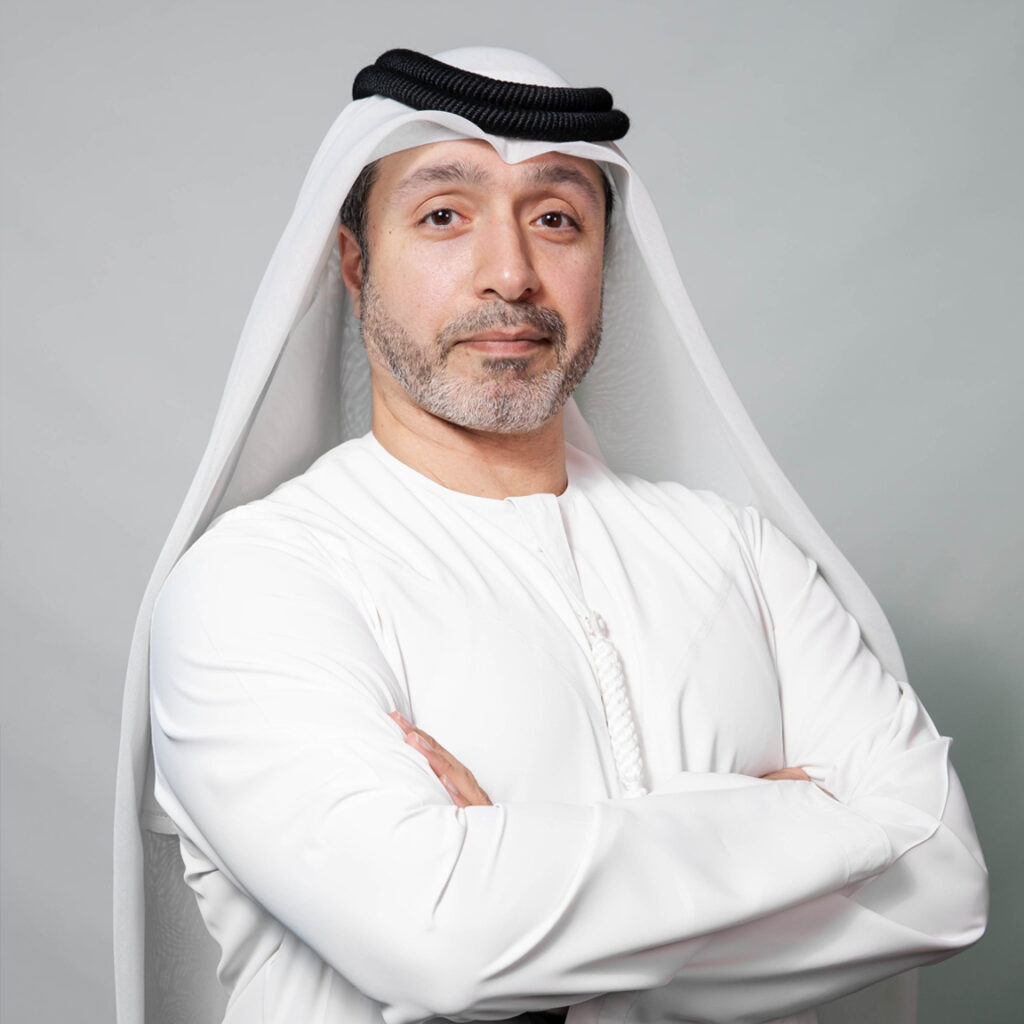To face a future characterized by ambiguity and interconnected factors, the traditional model of “succession planning”—which focuses on identifying a replacement for each leadership position within a rigid, hierarchical organizational structure—has become an inadequate and highly fragile approach. This model, designed for a stable and predictable world, fails to address the reality that tomorrow’s challenges may require competencies and skills radically different from those of today’s leaders, and it creates critical vulnerabilities when key individuals depart unexpectedly. Therefore, leading professional institutions, especially in the public sector where continuity is a national imperative, are now moving towards a more flexible and dynamic paradigm: building “leadership development ecosystems” aimed at ensuring the continuity of “leadership capability” across the organization as a whole, not just filling vacant positions. The essence of this transformation lies in shifting from linear career paths based on seniority and title to flexible, lattice-like pathways that depend on acquiring and applying future-ready competencies and skills.
The cornerstone of this modern model is the development of a “future-oriented competency framework,” which serves as the compass guiding all development efforts. This framework is built not merely on the requirements of current roles, but on strategic foresight, analysis of major global trends (technological, economic, social), and identification of the skills the organization will need to thrive in tomorrow’s environment. These competencies often include skills such as systems thinking to understand complex interrelationships, digital fluency and data analytics for informed decision-making, cognitive flexibility and continuous learning, and empathetic leadership capable of managing diverse and distributed teams, in addition to the ability to collaborate across functional and specialized boundaries. This framework becomes the common language for assessing and developing talent within the institution.
Based on this competency framework, the concept of the “career ladder” transitions to that of the “career lattice” or “career jungle gym.” Instead of progress being confined to a single vertical track within a specific department, employees with leadership potential are encouraged to build a diverse portfolio of experiences and competencies by moving horizontally and diagonally across different departments, strategic projects, and cross-functional teams. In this model, development is not only linked to promotion to a higher position but also to taking on more complex assignments, leading an innovative project, or acquiring a new, strategically required competency. This approach ensures the cultivation of leaders who possess a holistic view of the entire organization, rather than just deep expertise in one isolated specialty, making them more capable of handling complex and interconnected challenges.
The “latest systems” and technology play a pivotal role as enablers of this flexible model. AI-powered “internal talent marketplaces” are now capable of matching employees with specific skills and aspirations to available opportunities within the organization (projects, temporary assignments, new roles) with transparency and efficiency. “Learning Experience Platforms” (LXPs) provide employees with personalized development paths that integrate various types of content (e-courses, articles, videos, coaching) and are specifically designed to help them acquire the future competencies outlined in the institutional framework. Data analytics tools offer decision-makers precise insights into existing competency gaps within the organization, identify high-potential talent at early stages, and measure the effectiveness of various development programs.
The ultimate result of adopting this comprehensive approach is the creation of a more robust, resilient, and diverse “leadership pipeline.” Instead of having a limited number of potential successors for a few positions, the organization develops a broad pool of individuals who possess the core competencies for leadership, any of whom can step into greater responsibilities when needed. This significantly reduces the risks associated with the loss of key talent, increases the organization’s ability to adapt quickly to changes in its strategy or operating environment, and ensures the continuity of performance and achievement of long-term goals without interruption.
In conclusion, ensuring leadership continuity in professional government institutions is no longer about creating lists of successors; it is about designing an integrated ecosystem that cultivates a leadership culture at all levels. It is a shift from thinking about individuals to thinking about capabilities, from rigid structures to flexible networks, and from reactive development to proactive investment in building the competencies the future demands. This approach not only ensures leaders are ready for the challenges of tomorrow but also builds an entire organization that is more agile, intelligent, and capable of evolving and thriving in an ever-changing world
![]()


